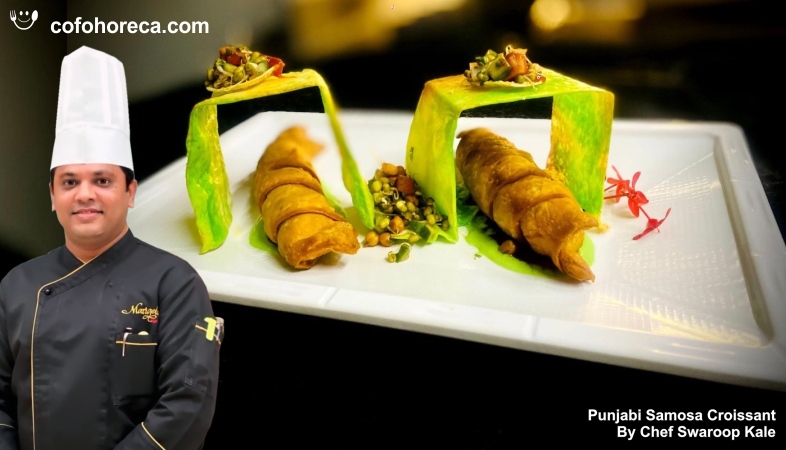Cooking with Controlled Dehydration: The Secret to Ultimate Crunch
As the demand for healthy, flavorful foods grows, dehydration is quickly becoming a staple in both professional kitchens and home cooking alike.
When we think of achieving the perfect crunch in food, deep
frying or baking at high heat often comes to mind. However, a more refined and
health-conscious approach to achieving the ultimate crunch is through
controlled dehydration. This method, often used by modern chefs and food
scientists, involves carefully removing moisture from food to create textures
that are both crunchy and full of flavor. Whether used for snacks, vegetables,
or even meats, controlled dehydration offers an innovative way to bring out the
natural crunch and enhance flavors without relying on excessive amounts of oil
or high temperatures.
At its core, controlled dehydration is a technique that involves slowly removing water from food in a controlled environment. Unlike traditional methods like deep frying, which can strip food of its nutrients while adding unnecessary fats, dehydration works by gently evaporating moisture, leaving behind the structural integrity of the food. This method allows the outer layer of the food to crisp up while the inside retains its flavor and texture, resulting in a satisfying crunch that doesn’t overpower the dish.
The process begins with preparing the food. Vegetables like kale, carrots, or zucchini, or fruits like apples and bananas, can be sliced thinly to promote even dehydration. In some cases, seasonings or coatings, such as olive oil, herbs, or salt, are applied to enhance the flavor profile before the dehydration process begins. The goal is to remove enough moisture so that the food becomes firm and crispy but not so much that it loses its inherent flavor.
One of the most common tools used for controlled dehydration is the food dehydrator. These machines circulate warm air around the food at a consistent, low temperature, typically between 95°F and 135°F (35°C to 57°C), for an extended period. This allows moisture to slowly evaporate, transforming the food into a dry, crisp texture without overcooking or burning it. For example, fruits and vegetables dried in a dehydrator can be turned into crunchy chips or crispy snacks without losing nutrients, making them an excellent choice for a healthy snack option.
For a more sophisticated approach, chefs may use freeze-drying, a specialized dehydration technique that involves freezing the food first, then placing it in a vacuum chamber. This causes the frozen water in the food to transition directly from ice to vapor, a process known as sublimation. Freeze-dried foods retain their original shape and flavor, but once rehydrated, they regain much of their original texture. Freeze-drying is especially popular in preserving fruits, herbs, and even meats, all of which can be turned into ultra-crunchy components for gourmet dishes.
The key to achieving the perfect crunch through dehydration lies in maintaining a controlled environment. By carefully regulating temperature and airflow, dehydration allows for the creation of a texture that deep frying or baking cannot replicate. The result is a snack or ingredient that has an addictive crunchiness, without the added oils or unhealthy fats. Foods such as dehydrated mushrooms, for example, can take on an intense umami flavor while becoming crispy enough to crumble into dishes like soups or sauces, adding depth and texture.
Dehydration can also enhance the flavors of food in ways that other cooking methods cannot. As the moisture is removed, the flavors of the ingredients become more concentrated, often intensifying the taste. Dehydrated fruits, like apples or tomatoes, can provide a burst of natural sweetness or acidity, while maintaining a satisfying crunch that contrasts with softer elements in a dish. Dehydrated vegetables, such as peas or corn, offer a hearty crunch that pairs well with meats or other ingredients, elevating the overall eating experience.
Controlled dehydration is a versatile and innovative cooking method that opens up a world of possibilities for creating the perfect crunch. By carefully removing moisture from food, this technique enhances textures, intensifies flavors, and offers a healthier alternative to traditional cooking methods. Whether used for snacks, vegetables, meats, or fruits, dehydration provides a satisfying crunch that can elevate any dish while preserving the integrity and nutritional value of the ingredients. As the demand for healthy, flavorful foods grows, dehydration is quickly becoming a staple in both professional kitchens and home cooking alike.
.png)





























